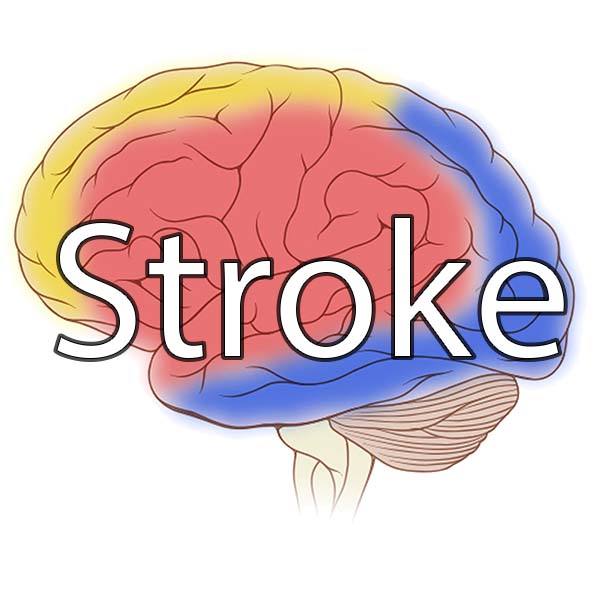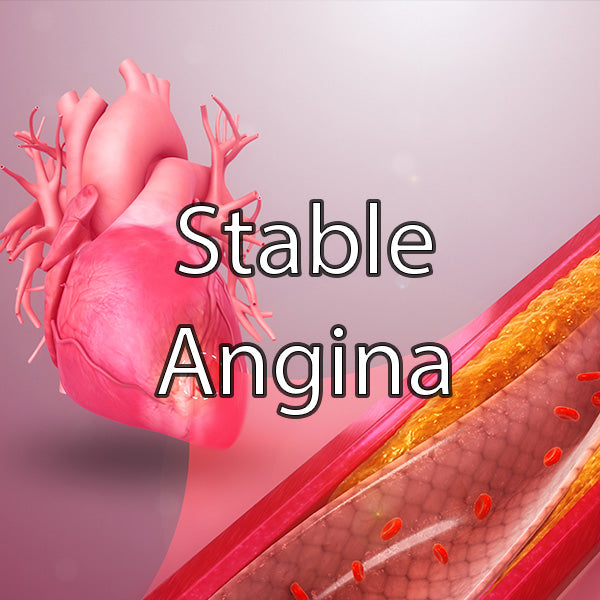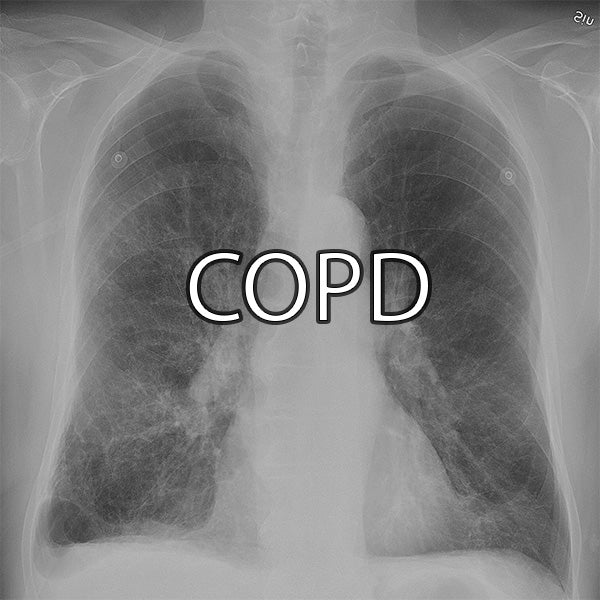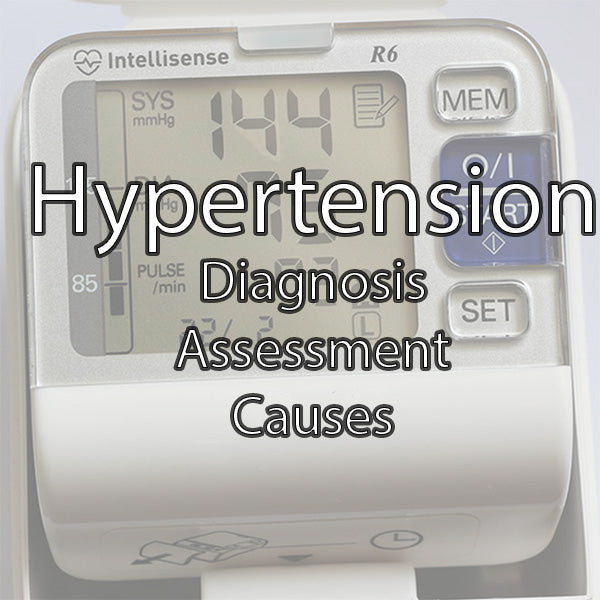Stroke Medicine Notes: Classification and Types of Stroke with MCQs

By Dr N Gittens (FY2)
What is a stroke?
In basic terms a stroke occurs when there is a disruption of blood flow to the brain.
The WHO defines a stroke as “a clinical syndrome consisting of rapidly developing clinical signs of focal (or global) disturbance of cerebral function, lasting more than 24 hours or leading to death, with no apparent cause other than that of vascular origin”
There are two main types of stroke: Ischaemic and Haemorrhagic. Ischaemic strokes are the more common of the two, and around 80% of strokes are of this type.
Ischaemic stroke
It occurs when blood is prevented from reaching areas of the brain due to vascular occlusion or stenosis. It can be caused by:
- Thrombosis (blood clot forming at the site)
- Embolism (blood clot travelling from another site)
- Systemic hypoperfusion e.g shock
- Central venous thrombosis
Ischaemic strokes are subdivided further based on the areas of the brain supplied by the blocked vessel, discussed a bit later in this article
Haemorrhagic stroke
This occurs when there is a vascular rupture causing blood to not flow to the correct areas.
It can be caused by:
- Ruptured aneurysms, AVM (arterio-venous malformation), amyloid angiopathy (protein deposits)
- Subarachnoid haemorrhage
Risk Factors for a Stroke
Most risk factors are anything that may increase the chance of clot formation or narrowing of arteries
- Hypertension
- Diabetes
- Atrial fibrillation
- Smoking
- Carotid artery stenosis
- Dyslipidaemia
- FHx
- Older age
Anatomy Overview- Brain Blood Supply

The Circle of Willis (1)
The arteries that supply the brain with blood are referred to as the Circle of Willis. It has different branches that supply blood to different areas of the brain. The major arteries that supply blood include the anterior, middle and posterior cerebral arteries.
The anterior cerebral artery supplies the anterior part of the brain: the midline portions of the frontal lobes and the superomedial portions of the parietal lobes
The middle cerebral artery supplies the middle part of the brain: the bulk of the lateral surface of the cerebral hemisphere (including Broca's and Wernicke's areas) as well as deep branches supplying the internal capsule & basal ganglia
The posterior cerebral artery supplies the posterior part of the brain (including cerebellum and brainstem)
This anatomy is crucial to understand as the blocked vessel determines the clinical stroke syndrome.

(2)
Bamford Classification of Stroke
TACS
Total anterior circulation stroke
Anterior and middle cerebral arteries affected
Large cortical stroke
Presentation
- Hemiparesis +/- hemisensory loss
AND
- Homonymous Hemianopia
AND
- Cortical dysfunction (dysphagia/ perceptual problem)
PACS
Partial anterior circulation stroke
Part of anterior circulation is affected
Less severe than TACS
Presentation
2 out of the 3 below:
- Hemiparesis +/- hemisensory loss
- Homonymous Hemianopia
- Cortical dysfunction (dysphagia/ perceptual problem)
OR
- Cortical dysfunction alone
LACS
Lacunar stroke
Subcortical smaller cerebral vessels are affected
No loss of higher cerebral function
Presentation
One of the following is present:
- Hemiparesis
- Hemisensory loss
- Hemisensory motor loss
- Ataxic hemiparesis
POCS
Posterior Circulation stroke
Affects the posterior circulation e.g cerebellum and brainstem
Presentation
- Cerebellar dysfunction (e.g vertigo, nystagmus, ataxia)
- Cranial nerve palsy and a contralateral motor/sensory deficit
- Bilateral motor/sensory deficit
- Conjugate eye movement disorder (e.g horizontal gaze palsy)
- Isolated homonymous hemianopia
Prognosis (survival rate at 1 yr)
TACS - 40%
PACS - 85%
LACS - 90%
POCS - 80%
Investigations
- CT Head (this can rule out a haemorrhagic stroke)
- Bloods: FBC, U&Es, CRP, coagulation, LFTs
- Blood glucose (this can mimic a stroke)
- ECG (look for arrhythmias e.g atrial fibrillation)
Management
- Stabilise patient- airway, oxygen
- CT head
- Aspirin 300mg (if no bleed on CT) for 2 weeks - consider a PPI if there's risks of gastric irritation
- Stroke Team involvement - stroke should be managed on a hyper-acute stroke unit
- Thrombolysis with IV alteplase is recommended in the treatment of acute ischaemic stroke IF it can be administered within 4.5 hours of symptom onset and there's NO BLEED on neuroimaging
- Thrombectomy
- Clot retrieval
- Up to 6hrs post symptoms onset (consideration of up to 24hrs in some cases)
- Secondary prevention
Secondary Prevention of Stroke
Patients who have had a stroke are more at risk of having another stroke, therefore it is important to try and minimise the risk
- Clopidogrel 75mg once daily (after the initial 2 weeks of aspirin)
- Atorvastatin 20-80mg
- BP control
- Diabetes control
- Manage atrial fibrillation
- Modifiable risk factors e.g smoking, obesity
Overview of TIA
Transient ischaemic attack
It occurs when there is ischaemia but there is no death of tissue (no infarction)
A patient will have a neurological deficit for <24hrs
A TIA has a sudden onset and can last from a few minutes to 24 hours. Most people have complete resolution of symptoms and signs within 1 hour.
It is seen as a warning for an impending stroke
Management
- Aspirin 300mg once daily is recommended
- Address secondary prevention measures
- Refer all cases for specialist assessment within 24 hours
Cases
Case 1
An 80 y/o male presents with acute onset of left arm/ left leg weakness and slurred speech. They were previously functioning normally. PMH of diabetes and HTN.
Which action should be done first?
A) STAT aspirin 300mg
B) CT head
C) Thrombolysis
D) Thrombectomy
Case 2
79 y/o female presenting to A&E at 16:00 with acute onset of slurred speech, right arm and right leg weakness. Her husband says he noticed symptoms started at approx 13:30.
What is the most appropriate management?
A) Thrombectomy
B) Thrombolysis
Case 3
85 y/o male presenting with acute onset of right arm and right leg weakness. They are orientated and are able to tell you fluently what happened.
What is the most likely type of stroke that has occurred?
- A) TACS
- B) PACS
- C) LACS
- D) POCS
Answers
Case 1
An 80 y/o male presents with acute onset of left arm/ left leg weakness and slurred speech. They were previously functioning normally. PMH of diabetes and HTN.
Which action should be done first?
A) STAT aspirin 300mg
B) CT head
C) Thrombolysis
D) Thrombectomy
Case 2
79 y/o female presenting to A&E at 16:00 with acute onset of slurred speech, right arm and right leg weakness. Her husband says he noticed symptoms started at approx 13:30.
What is the most appropriate management?
A) Thrombectomy
B) Thrombolysis
Case 3
85 y/o male presenting with acute onset of right arm and right leg weakness. They are orientated and are able to tell you fluently what happened.
What is the most likely type of stroke that has occurred?
- A) TACS
- B) PACS
- C) LACS
- D) POCS
Key Words
-Hemiparesis: weakness to half of body (arm and leg)
-Homonymous hemianopia: loss of half visual field in each eye
-Cortical dysfunction: impact to speech, language, comprehension, personality
References
- BMJ Best Practice (no date) Ischaemic Stroke, Log in | BMJ Best Practice. Available at: https://bestpractice.bmj.com/topics/en-gb/3000114/epidemiology/riskFactors (Accessed: 18 January 2024).
- Zero to Finals (no date) Stroke, Zero To Finals. Available at: https://zerotofinals.com/medicine/neurology/stroke/ (Accessed: 18 January 2024).
Image credits
OpenStax College, CC BY 3.0 <https://creativecommons.org/licenses/by/3.0>, via Wikimedia Commons
Derivative work: Frank Gaillard (talk)Brain_stem_normal_human.svg: Patrick J. Lynch, medical illustrator, CC BY-SA 3.0 <https://creativecommons.org/licenses/by-sa/3.0>, via Wikimedia Commons
Take a look at the Cranial Nerve Exam YardCard which may help you in your OSCEs - click the image to buy!









Leave a comment